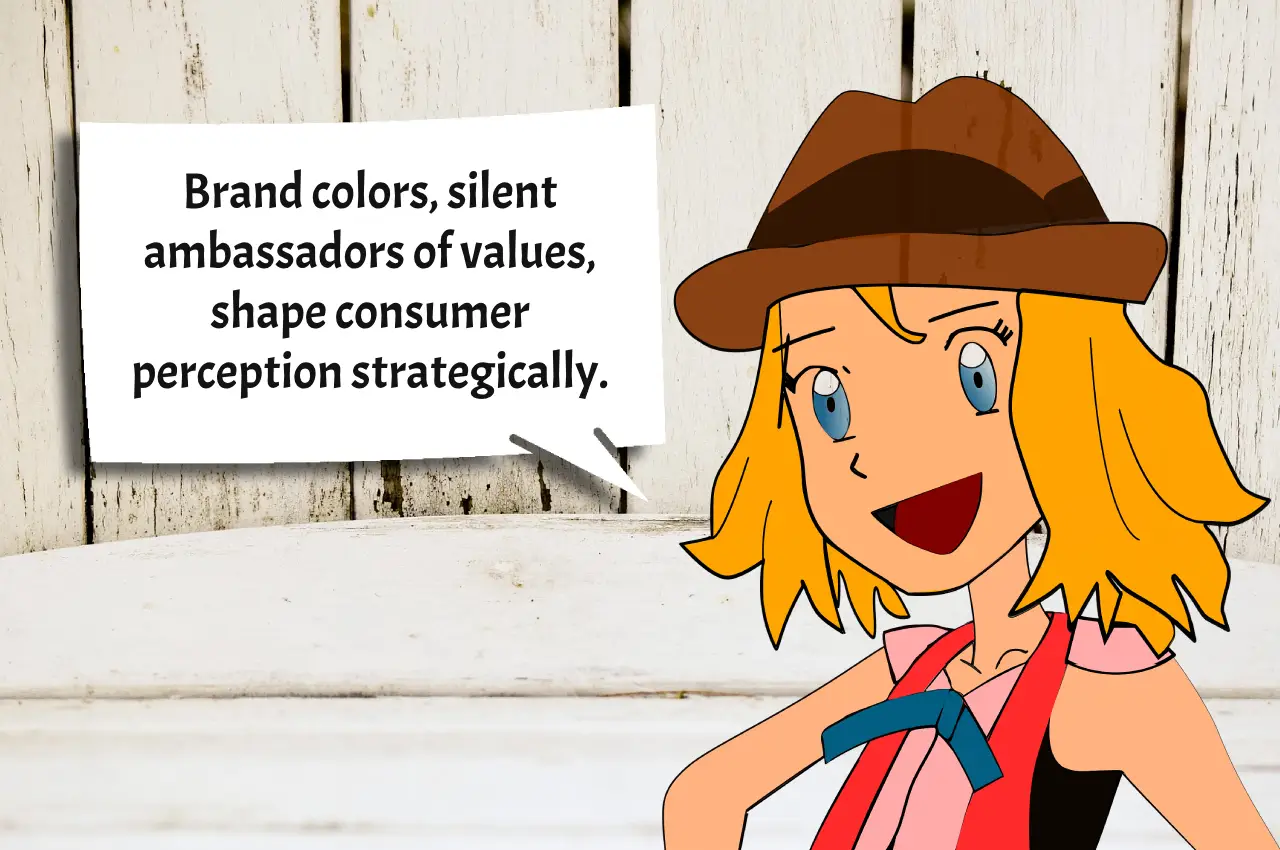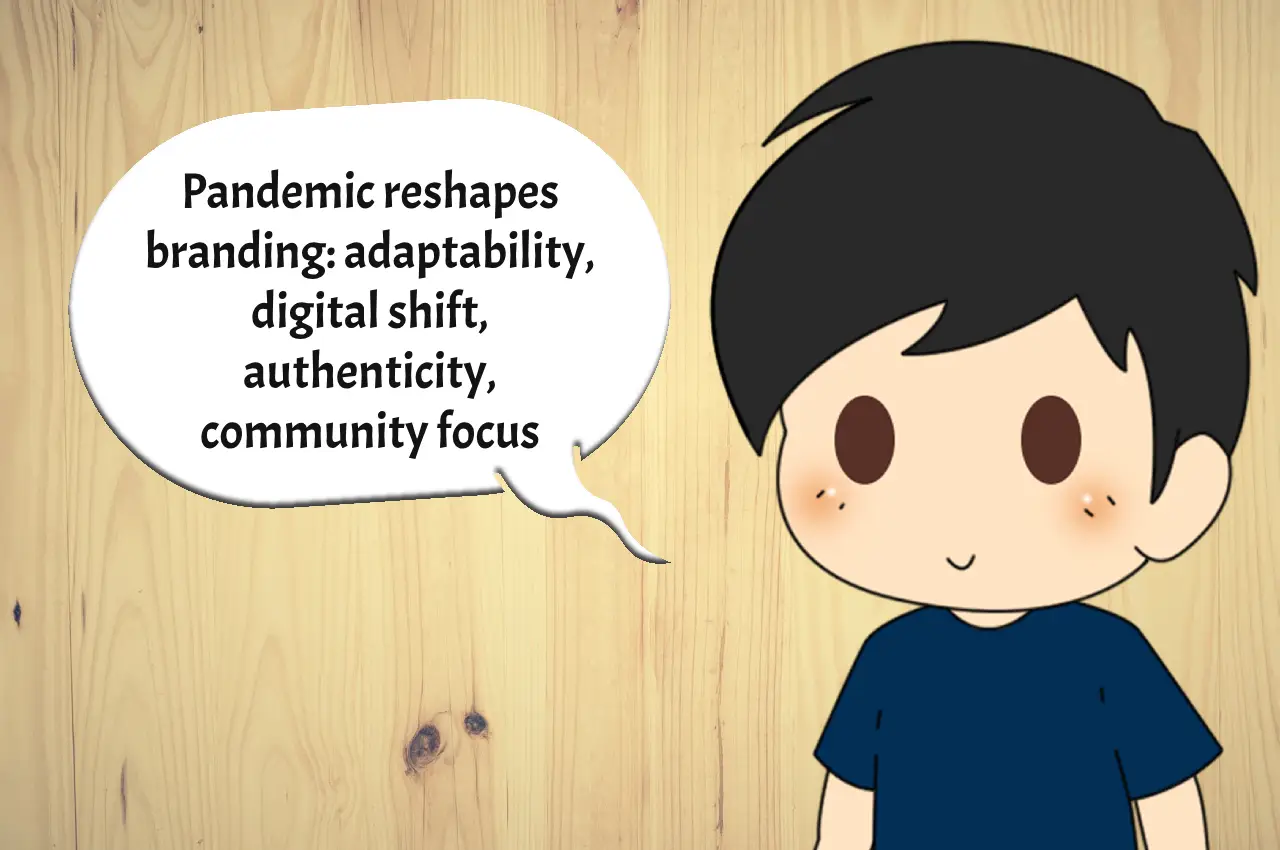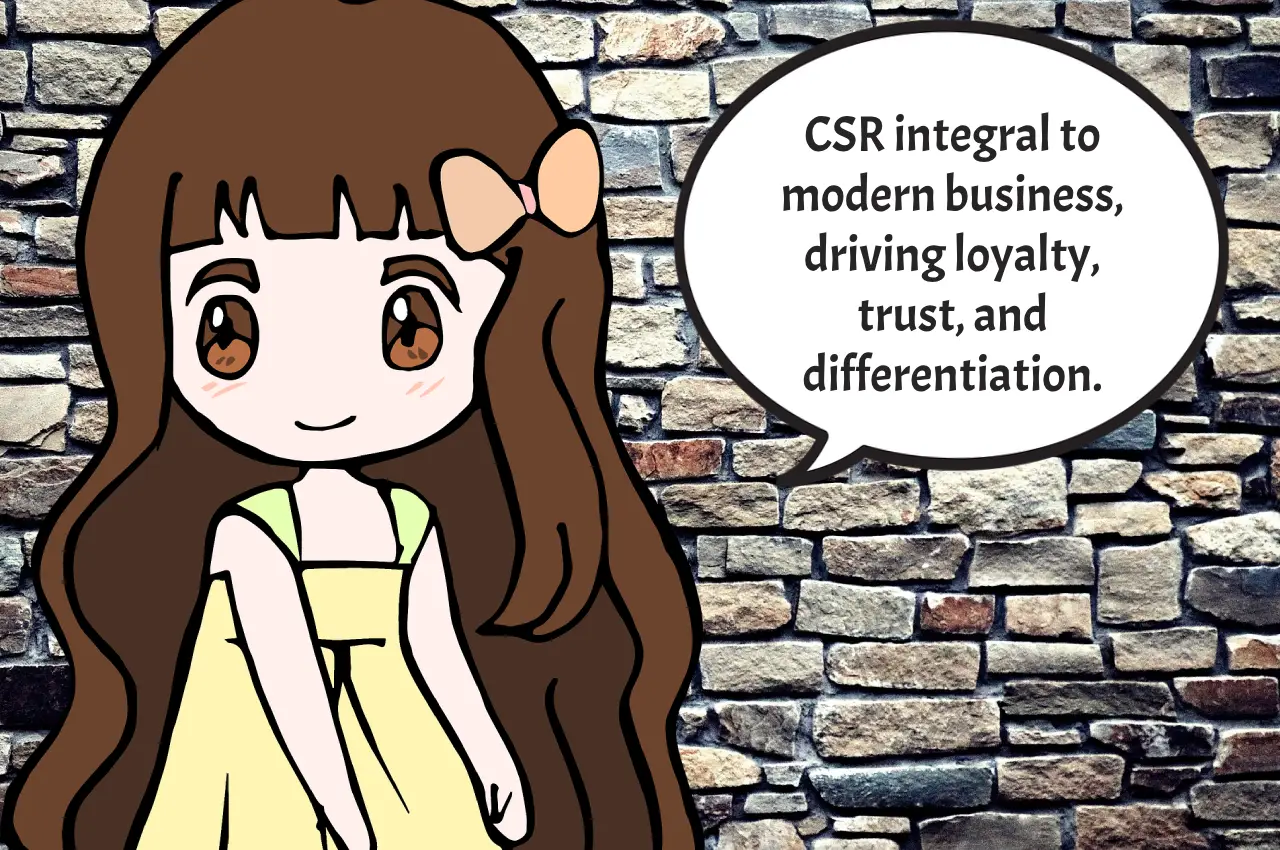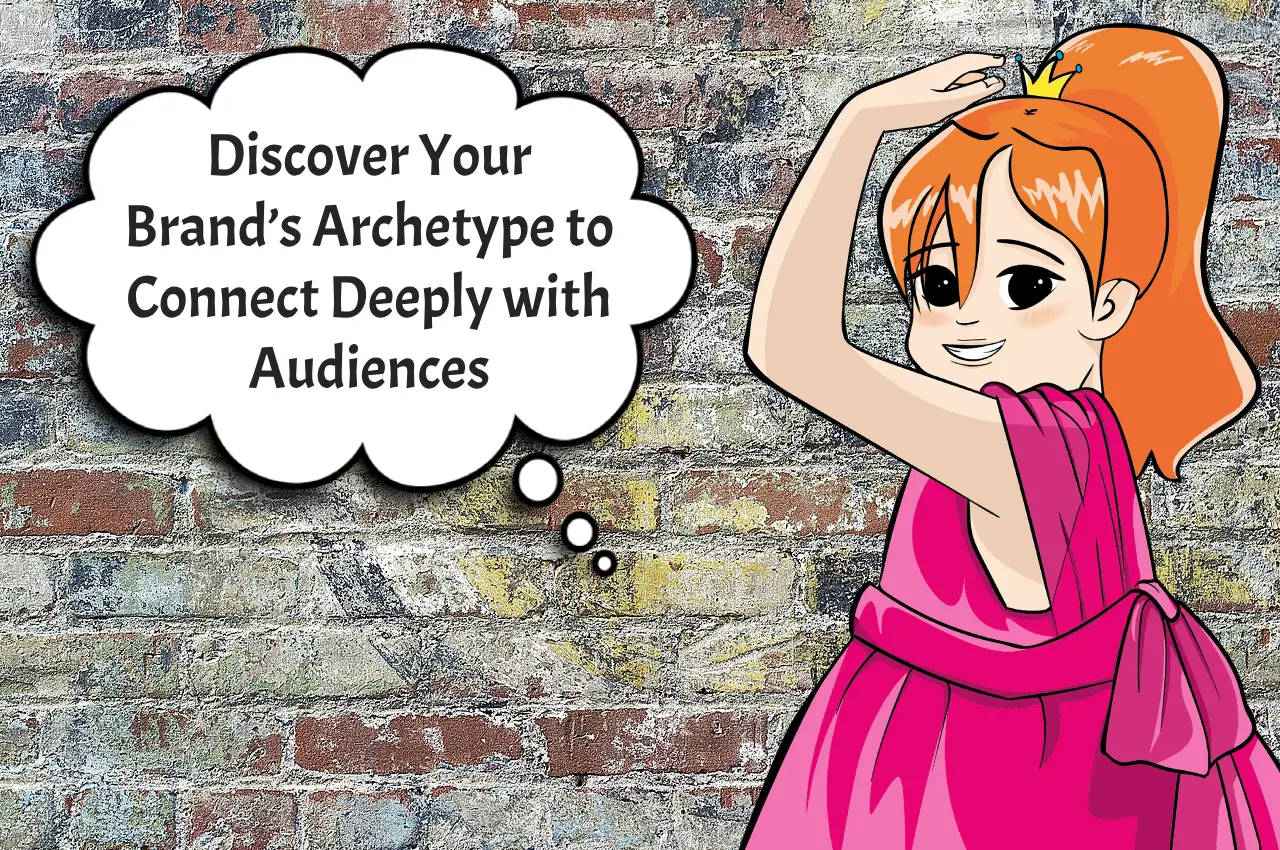Brand colors are more than just aesthetic choices. They are silent ambassadors of brand values and personalities. In this post, we’ll explore how color psychology in branding shape consumer perception and influence decision-making. We’ll use real-life examples to make our points clear and actionable.
The Power of Red: Energy and Urgency
Red is a color that commands attention. It’s associated with energy, passion, and urgency. Brands like Coca-Cola and Netflix use red to create a sense of excitement and importance. When Target uses red in its logo and marketing, it creates a vibe of enthusiasm. It’s not just a color; it’s a call to action.
Blue’s Trust and Serenity
Blue is the color of trust, dependability, and calm. Tech giants like Facebook and LinkedIn use blue to foster a sense of reliability and professionalism. When PayPal uses blue, it’s not just about aesthetics. It’s a strategic choice that communicates security and trust, crucial for a financial service provider.
Green for Growth and Health
Green often represents growth, health, and tranquility. Whole Foods’ use of green underlines its commitment to natural and organic products. It’s not a random choice. It’s a deliberate strategy to align the brand’s color with its core values.
Yellow: Optimism and Clarity
Yellow is bright, optimistic, and associated with clarity of thought. McDonald’s iconic golden arches are not just memorable. They convey a sense of happiness and warmth. Snapchat’s use of yellow in its ghost logo is no accident. It’s a strategic move to appear friendly and accessible.
Orange: Playful and Energetic
Orange combines the energy of red and the happiness of yellow. It’s seen as playful and vibrant. Nickelodeon’s use of orange in its logo and branding underscores its youthful, energetic vibe. It’s a color that says, “This is a fun place.”
Purple: Luxury and Wisdom
Purple is traditionally associated with luxury, wisdom, and creativity. Brands like Hallmark use purple to suggest quality and creativity. When Yahoo! uses purple, it’s not just standing out. It’s hinting at its innovative and luxurious qualities.
Black and White: Sophistication and Simplicity
Black and white are timeless colors that denote sophistication and simplicity. Luxury brands like Chanel use black to communicate elegance and classic style. Apple’s use of white space in its branding emphasizes simplicity and innovation. These colors convey clear messages about the brand’s identity.
Pink: Fun and Feminine
Pink is often associated with femininity and fun. Cosmetic brand Glossier uses pink to create a youthful, feminine vibe. It’s a strategic choice to appeal to its target demographic.
The Role of Cultural Context
It’s important to remember that color psychology can vary across cultures. For example, while white is often seen as pure and clean in Western cultures, it’s associated with mourning in some Eastern cultures. Brands must consider these cultural nuances when choosing colors for international markets.
A Story of Change
Let’s take the example of a small coffee shop, “Bean There,” which underwent a significant brand revamp. Initially, their main color was a dark brown, which aimed to reflect the richness of their coffee. However, they noticed it didn’t resonate well with their younger clientele, who preferred a more vibrant, inviting atmosphere. After some research, they switched to a warm, creamy orange paired with a soft white. This change led to a noticeable increase in foot traffic, particularly among younger customers. The new color scheme conveyed warmth, friendliness, and a modern vibe.
Consistency is Key
Maintaining color consistency across all platforms and materials is crucial. Inconsistent use of colors can lead to a disjointed brand image. For instance, if Starbucks suddenly started using red cups all year round, not just during the holiday season, it could confuse their customers. Consistency helps in building brand recognition and loyalty.
Experiment, But Stay True to Your Brand
While experimenting with colors can be beneficial, it’s important to stay true to your brand’s core identity. A sudden or drastic change can alienate existing customers. If you decide to experiment, do it in a way that aligns with your brand’s values and message.
Harnessing Color Psychology for Your Brand
Understanding color psychology can be a game changer for your brand. Start by defining what your brand stands for. Then, choose colors that align with these values. Test different shades to see what works best. Remember, the goal is to use color to communicate your brand’s personality and values effectively.
Colors Speak Louder Than Words
Colors have the power to influence perceptions and drive decisions. They are a key component of your brand’s identity. By choosing the right colors, you can convey your brand’s message without saying a word.
Now, I’d love to hear from you! Have you experienced a change in perception or behavior due to a brand’s color scheme? Or are you considering a color revamp for your own brand? Share your thoughts and stories in the comments below. Let’s discuss how colors shape our perceptions and experiences!





